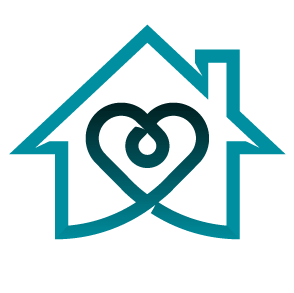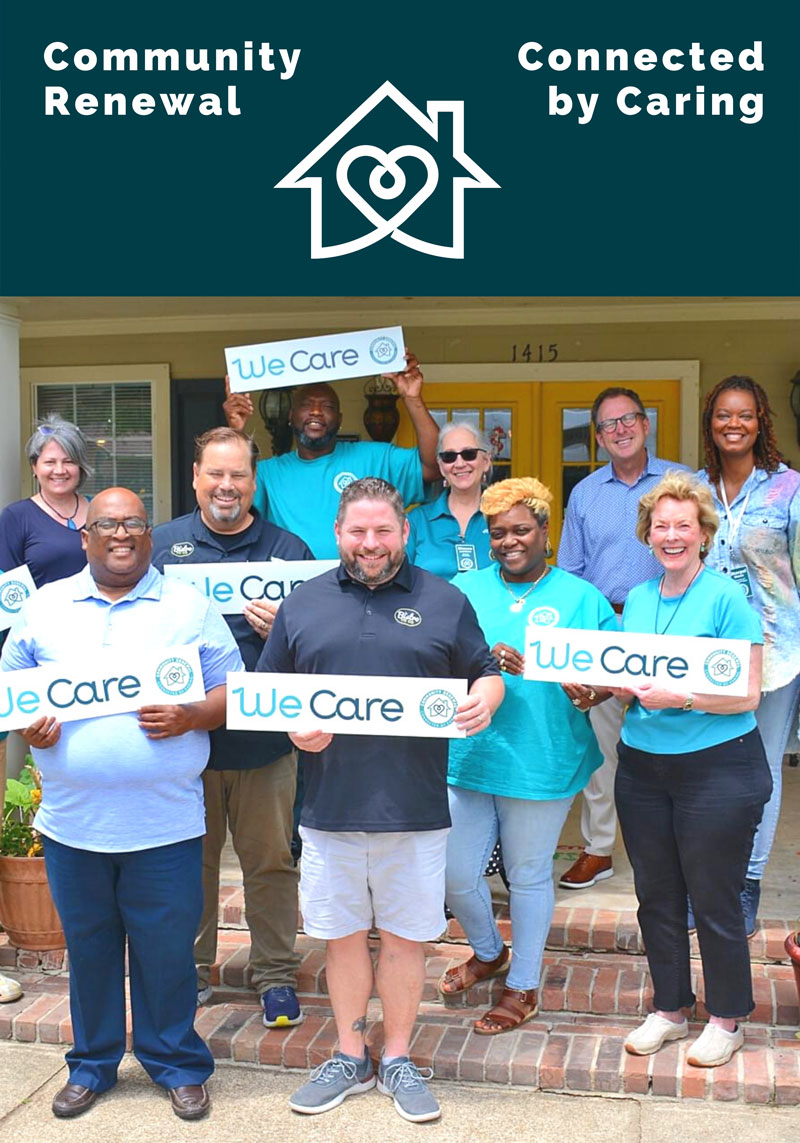Evaluation
Measuring Quantifiable Quality of Life MetricsThe macro evaluation is measured by capturing and evaluating key data in each element. While CRI theorizes there to be a positive correlation between the activities performed and positive change in each element, CRI is primarily focused on the element of Mutually Enhancing Relationships, and through the growing and strengthening of this element, the other seven elements will be positively influenced. (See CRI paradigm) It is CRI’s belief that MER is the foundational element upon which the other seven rest and while much time and effort is spent trying to improve and enhance each of the other elements, no substantial and lasting change can take place unless the underlying relational base is addressed.
The micro evaluation is performed entirely under the MER element. CRI’s programming is broken into three strategic areas, the Renewal Team (community wide), Haven House (block by block), and Friendship House (low income, high crime neighborhoods). A list of specific activities is performed within each strategic area. These activities have a dual purpose of deepening the dedication of individuals to renewing their community and growing and enhancing the wholeness of these individuals.
CRI has developed an intervention methodology through which this dedication is deepened and wholeness is increased. This methodology contains six steps, sharing the vision, association, mutual selection, demonstration/development, supervision/delegation, and replication. As a person moves through this process the level of commitment is deepened. CRI’s classifications of commitment are Awareness, Belonging, Commitment, and Dedication. Each step of the intervention methodology in each activity is measured by its impact on commitment and by the different components of wholeness that are impacted. The components of wholeness are competence and compassion with competence being broken into six categories, physical, intellectual, emotional, social, skillful, and spiritual.
Following the Community Renewal paradigm, the evaluation plan is separated into 2 sections and implemented in 3 phases. The first section is intervention evaluation measuring the changes in individuals traced through the competencies as impacted by CRI activities. The second section is the intercession evaluation measuring changes in the elements as impacted by strategic partnerships formed with organizations outside of CRI. The three phases of the evaluation plan are the internal qualitative, external qualitative and comprehensive quantitative.
Phases
Phase I
As CRI has grown and developed, the scope and understanding of evaluative detail has mirrored the organization’s development. During the phase I evaluation implementation of CRI, the specificity of the programming, detailed understanding of the model, and the standardization of activities was simply not sufficient to lend itself to a valid and reliable comprehensive evaluation throughout the organization. The decision was made to capture, analyze, and rely on qualitative data gathered through a variety of methods which included outcome engineering, songs of the streets, the newsletter, and a variety of other sources. The future of whether and how to grow CRI would be based on CRI’s own observations and stories of success, and the model would be allowed to form its own success structure from which a formalized activity methodology could be ascertained.
The initial phase 1 report was completed in December 2010. CRI is continuing to compile stories from personal testimonies along with information from the Renewal News, Haven House Newsletter, and quarterly neighborhood newsletters from all 5 Friendship House locations. Research and Educational Services will annually update the phase 1 report based on these new stories.
Phase II
The initial success of the Renewal Plan witnessed and recorded by CRI gave credence to proceed and expand CRI activities and establish a working demonstration model encompassing 5 neighborhoods within the Shreveport-Bossier area. Phase II of the evaluation plan consisted of gathering qualitative data from those whom we are working together with either through CRI programming or individuals who live within a CRI Friendship House target neighborhood. Working together with Dr. Rose Pfefferbaum of the Terrorism and Disaster Center a neighborhood resiliency survey was conducted in our Friendship House target neighborhoods. Also, Dr. Robert Landry with Research and Educational Services helped CRI design, implement, and evaluate surveys conducted for each of our strategic areas (Friendship House, Haven House, We Care Team, and Volunteers).
CRI is planning to roll out another series of surveys in November 2014 to update the 2009 report and gather trending community perception from Friendship House neighborhood residents, Haven House leaders, We Care members, and volunteers. Research and Educational Services (REdS) will collect, tabulate, and evaluate the results both alone and in comparison to the 2009 report.
Phase III Micro
Having received positive results from both phases of the evaluation design, CRI recognized the importance and need to develop the full comprehensive evaluation. Phase III consists of overlaying CRI’s Renewal Plan with markers and measures across every activity in each strategic area testing the efficacy of the plan and pointing areas for course correction. The Renewal Plan is the underlying backbone of CRI and translates the vision into practical, methodical, and measurable steps. From the Renewal Plan the evaluation, curriculum, manuals, and strategic plan can be developed. CRI is currently in the process of completing the Renewal Plan leading to the full phase III evaluation implementation.
The process of completing the Renewal Plan consists of subdividing CRI into the base steps of each and every activity. CRI consists of 3 strategic areas, Friendship House, Haven House, and the We Care Team. Each strategic area contains separate activities. Each activity follows the CRI intervention methodology (Share the Vision, Association, Selection, Demonstration & Development, Delegation & Supervision, and Replication). When each activity is subdivided into these components, CRI can specifically assess which competency (along with compassion) is being addressed, how it is addressed, who addresses it, and develop an instrument to measure it. When completed, the Renewal Plan will provide the outline for writing the comprehensive curriculum to teach CRI to replication cities, all of the program manuals along with associated training guides and reference materials, and the comprehensive programmatic evaluation.
CRI has developed a methodology to break down the organization into its component elements and derive how the activities affect an individual’s competency and compassion leading to a shift in an element area. With the ongoing assistance of REdS, CRI is approaching one activity at a time developing and enhancing curricula, recording documentation, and developing the evaluation of that activity. The most complete example is the kids/youth club. CRI and REdS developed a survey for club, measuring competencies/compassion. CRI will continue to use this instrument twice a year in September and May. Supplementary materials are neighborhood contact sheets, and club attendance sheets charting contacts with neighborhood residents and children as well as the club logs on what occurred daily and a compendium of lesson plans being collected to develop a published curriculum. REdS evaluates the data and publishes a report on an annual basis of all of the phase 3 work being measured.
Phase III Macro
While the Renewal Plan provides the backbone for the individual intervention, CRI is concurrently working on building a comprehensive community assessment based on indicators in the 8 elements. This community assessment will serve as a baseline for measuring comprehensive community change and will also function as a scorecard to assess relative strengths and weaknesses in both whole communities and individual neighborhoods directly informing CRI as to what programming is most necessary to work toward achieving wholeness in a given geographic area. Most of CRI’s work that directly impacts the elements is done on the intercession side of the Renewal Plan in collaboration with outside agencies that specifically focus on a particular element. CRI is currently building a list of best practice agencies per element. CRI is well aware that community wide substantial change in any particular element area is a long term impact, but that lead indicators in the individual intervention can successfully predict what the long term impacts will be.
Working in conjunction with Research and Educational Services, CRI established a baseline community profile of macro indicators in May 2011 based on CRI’s list of the eight essential elements. The data will continue to be compiled on an annual basis to form longitudinal trends for each of the element areas.
Thesis Statement
CRI helps grow people to wholeness through mutually enhancing relationships in methodical and measurable ways. As people within a community grow to wholeness, the community itself becomes more whole.



